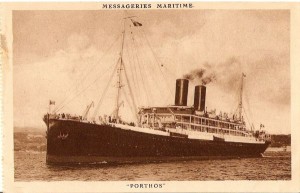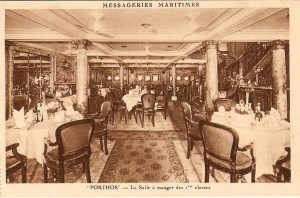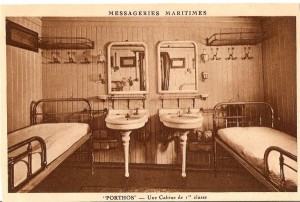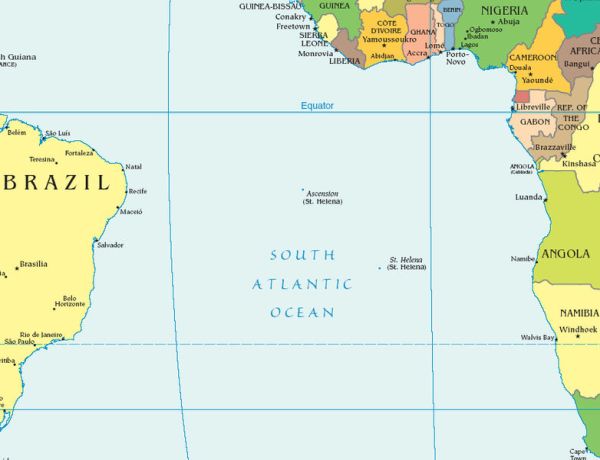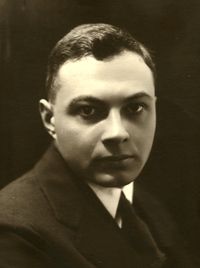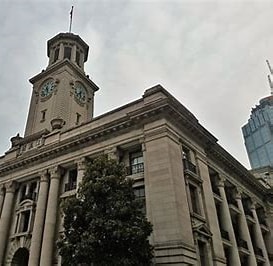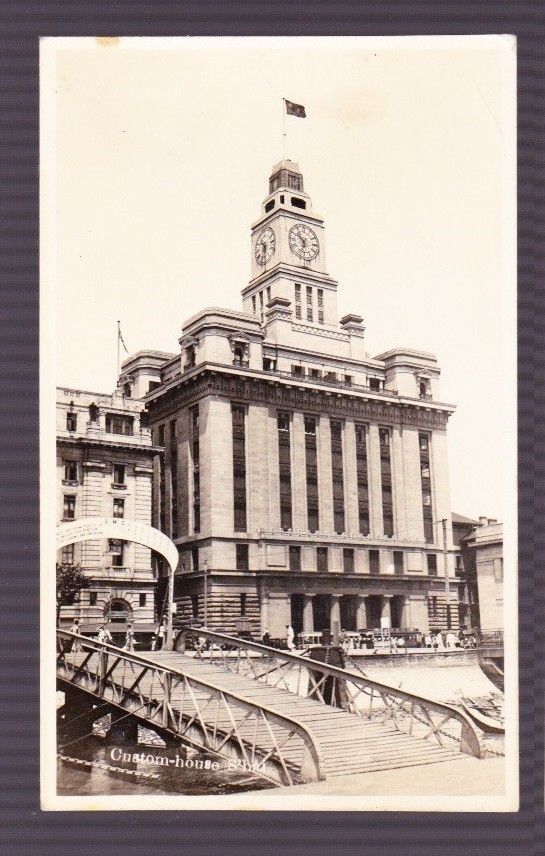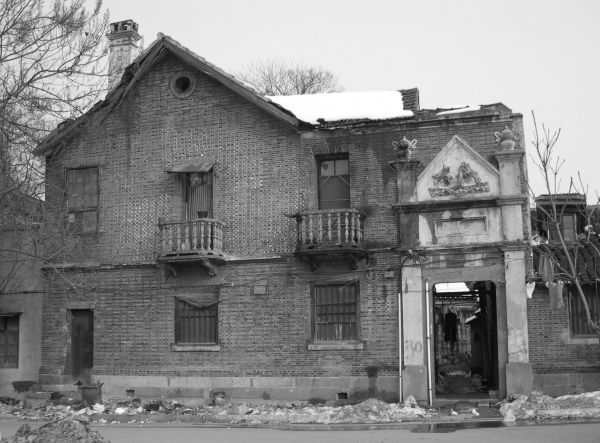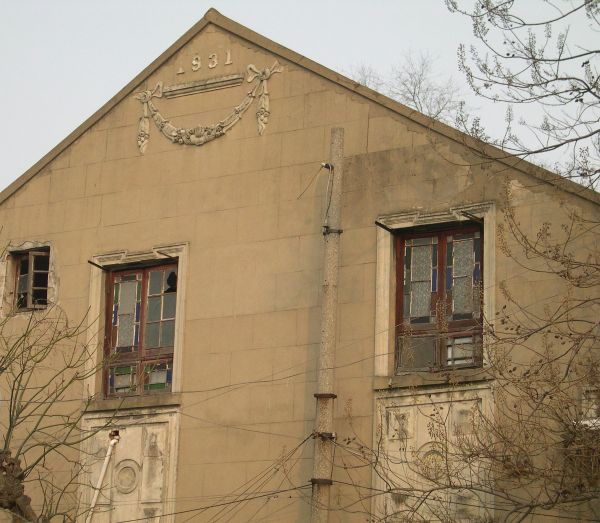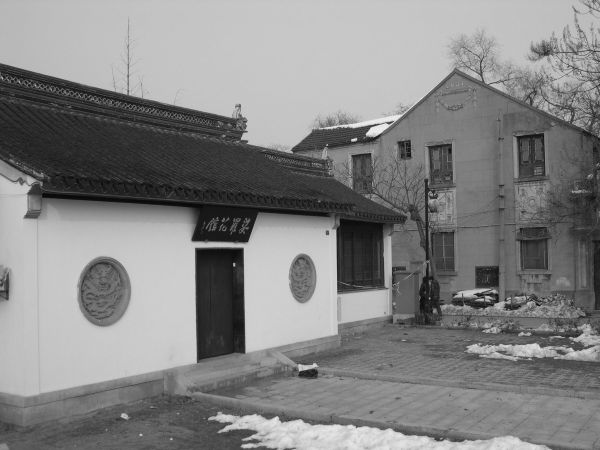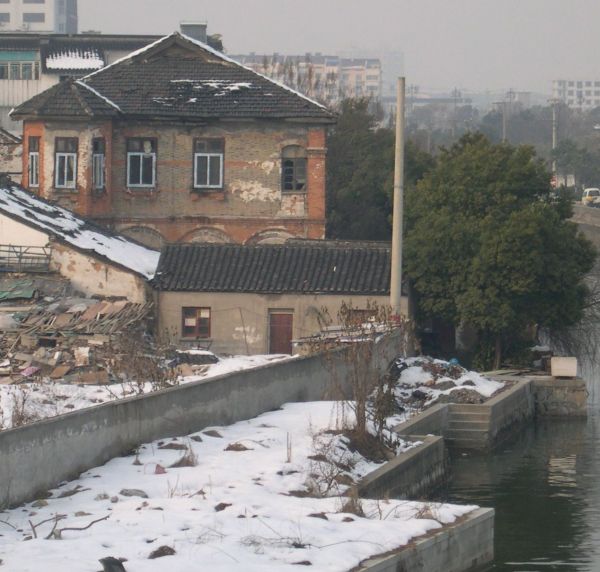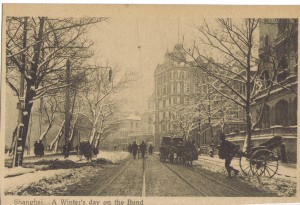Saint-Ignace cathedral was a famous landmark of the Old Shanghai. Built by the Jesuits in 1906 at the spot of any earlier one, its two towers were clearly visible from far away. The Catholic cathedral was located in the Jesuits estate in Shanghai, just outside the border of the French concession. The building suffered a lot during cultural revolution, with both towers severely damaged. It was rebuilt in the 1990’s and now looks more or less like the original. It is open again for religious services for Chinese catholic Church, for Chinese people only.
The Church may look like the original, but two things have changed. First of all the environment has been totally transformed along those years. The cathedral used to be visible miles away, it is now dwarfed by neighboring buildings and shopping centers. Furthermore, the original stained glasses have disappeared, replaced by plain glass. People are working on trying to put back stained glassed in the cathedral. I recently attended a charity concert to raise money to support this project. I was very much looking for it, as concerts in the church are something unheard of and I was not disappointed.

That night’s weather was perfect for it. It had rained the whole day giving a gloomy atmosphere to the city. I was running through the continuous rain, finally getting in after a bit of struggle with the security. The room was full with people, but it was the quietest concert crowd I have ever seen in China. Silence came and shortly after I got in, the Chinese philharmonic orchestra started to play Mozart’s requiem. In this extraordinary of the cathedral and the excellent music, one could quickly feel like we were in 1928, not 2008. It was really a touching moment to be able to experience this great music in such an historical place. That moment was really straight out of the movie “Empire of the Sun“.
The concert finally ended after dies irea, and the crowd of the Shanghai foreign and Chinese high society that was there could have also very well belonged to the 20’s or the 30’s. The succession of big cars and white gloves drivers at the exit perfectly completed the old Shanghai atmosphere. In the night, you could see the car lights only and the rain helped keeping noise from the nearby avenue down. I was walking under the rain in my trench coat, feeling once again in a time travel to old Shanghai enjoying this wonderful and unique evening.


